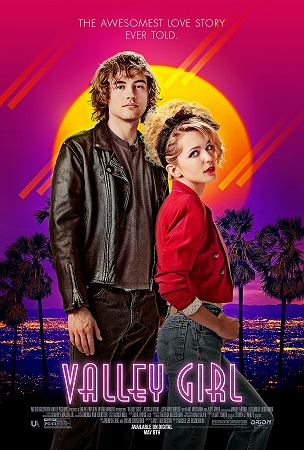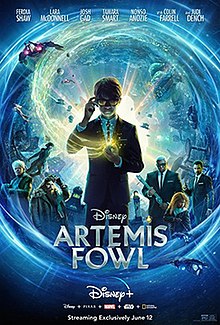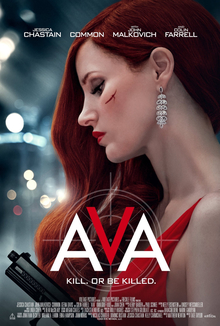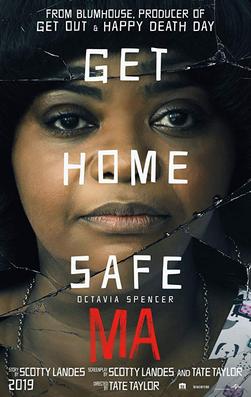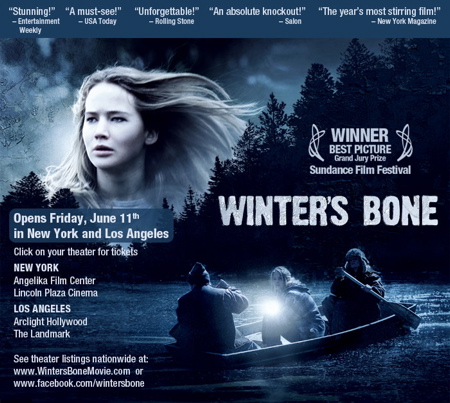Well, it’s nearly February so I guess it’s time for me to start listing my picks for the best and the worst of 2020.
It’s pretty much a tradition here at the Shattered Lens that I always end up running behind as far as posting these lists are concerned. I always think that I’m going to have everything ready to go during the first week of January but then I realize that there’s still a host of movies that I need to see before I can, in good conscience, post any sort of list. In fact, as I sit here writing this post, I’m watching some films that could very well make it onto my best of 2020 list.
Of course, the list below is not my best of 2020 list. Instead, below, you’ll find my picks for the 16 worst films of 2020. Why 16 films? Because Lisa doesn’t do odd numbers!
It probably won’t be a surprise you to see some of these films on the list. For instance, I don’t think anyone will be shocked to see The Grudge or After We Collided mentioned. However, I imagine that some people will be surprised to see The Trial of the Chicago 7 on the list. What can I say? The more I thought about it, the more it represented everything that I dislike about mainstream Hollywood filmmaking. The fact that it’s probably going to be a major Oscar contender made it even more important to list it. I’m sure there’s a lot of critics, for instance, who wish they had found room for Green Book when they were compiling their 2018 lists.
In the end, of course, this list is my opinion. You’re free to agree or disagree. That’s the wonderful thing about having an opinion.
(Also be sure to check out my picks for 2019, 2018, 2017, 2016, 2015, 2014, 2013, 2012, 2011, and 2010!)
And now, the list:
16. John Henry (dir by Will Forbes) — I actually feel kind of bad for listing this silly B-movie as one of the worst of 2020 but it was just so slowly paced and thematically muddled that I really didn’t have a choice.
15. The Binge (dir by Jeremy Garelick) — Doing The Purge with drugs and alcohol as opposed to murder is actually a pretty cool idea so this movie has no excuse for being so dull. There is one fun dance number that livens things up, which is why The Binge is listed at number 15 as opposed to number 3.
14. Once Upon A Time In London (dir by Simon Rumley) — London has a rich and exciting history when it comes to organized crime but you wouldn’t know that from watching this dull film.
13. Valley Girl (dir by Rachel Lee Goldenberg) — This remake was a boring jukebox musical that featured 30 year-old high school students and unimaginative use of a host of 80s songs. (A girl at the beach says that she just wants to have fun. Can you guess what song the cast started singing?)
12. Ava (dir by Tate Taylor) — Jessica Chastain’s an assassin and …. *yawn.* Tate Taylor was exactly the wrong director to be expected to do anything interesting with this story.
11. Blumhouse’s Fantasy Island (dir by Jeff Wadlow) — My fantasy would be for a better film. Boom! Roasted! (Actually, I bet I’m the thousandth blogger to have said that.)
10. The Grudge (dir by Nicolas Pesce) — Eh. Who cares?
9. Artemis Fowl (dir by Kenneth Branagh) — This was a confusing movie that mixed the least interesting parts of the Harry Potter franchise with the least interesting bits of the Marvel Cinematic Universe.
8. The Murder of Nicole Brown Simpson (dir by Daniel Farrands) — I actually defended The Haunting of Sharon Tate but this semi-follow up was just too distasteful. What was the deal with Nicole being dragged across the ceiling? Both Mena Suvari and Nick Stahl deserve better. So does director Daniel Farrands, for that matter.
7. The Dalton Gang (dir by Christopher Forbes) — Never has the old west looked so cheap.
6. After We Collided (dir by Roger Kumble) — This was marginally better than the first After but that’s not saying much. The total lack of chemistry between the two romantic leads makes it difficult to care about whether or not they ever end up together. The cloying cameo from writer Anna Todd (“What have you written?” “Oh, this and that,”) almost made me throw a shoe at my TV.
5. The Trial of the Chicago 7 (dir by Aaron Sorkin) — I liked Joseph Gordon-Levitt’s performance and the scene where Bobby Seale gets gagged in court was powerful and disturbing. Otherwise, this movie represented Hollywood at its most vapid.
4. Sergio (dir by Greg Barker) — This was a muddled and poorly acted commercial for the United Nations.
3. A Fall From Grace (dir Tyler Perry) — Tyler Perry’s beard was the best thing about this movie.
2. The Last Thing He Wanted (dir by Dee Rees) — This was the first bad film that I saw in 2020 and it’s remained here, near the bottom of the list, for 12 months. This movie was a muddle mess that thought it had more to say than it did. It did feature a good performance from Willem DaFoe, which saved it from being the worst film of the year. Instead, that honor goes to….
1. Let Them All Talk (dir by Steven Soderbergh) — This mind-numbingly dull film from Steven Soderbergh seems to be determined to troll everyone who has ever said that they’d watch Meryl Streep in anything.
Coming up tomorrow: my favorite songs of 2020!
TSL Looks Back at 2020:
- My Top 20 Albums of 2020 (Necromoonyeti)
- 25 Best, Worst, and Gems That I Saw In 2020 (Valerie Troutman)
- Top 10 Vintage Collections (Ryan C)
- Top 10 Contemporary Collections (Ryan C)
- Top 10 Original Graphic Novels (Ryan C)
- Top 10 Ongoing Series (Ryan C.)
- Top 10 Special Mentions (Ryan C.)
- Top Ten Single Issues (Ryan C)


